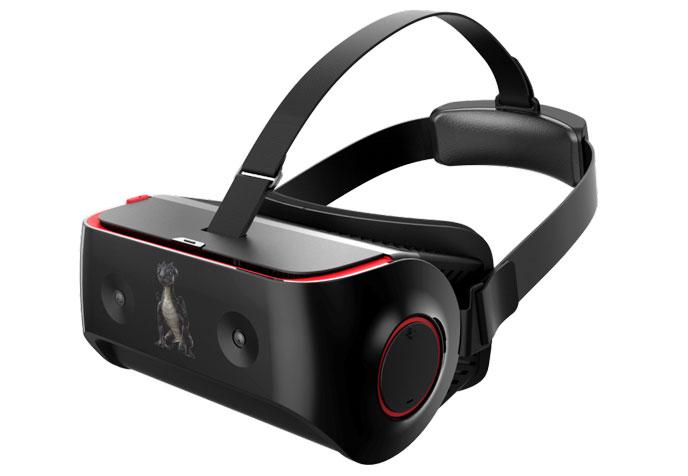Qualcomm has unveiled the new Snapdragon VR820, a VR headset with two 1440×1440 AMOLED displays, which has better specs than Facebook’s Oculus Rift and the HTC Vive.
The VR820 features two eye-tracking cameras and external cameras, allowing for augmented reality experience. The company assured that the VR820 will be much cheaper than the HTC Vive and the Oculus Rift, which cost $799 and $599 respectively. The new VR headset is expected to be released in late 2016, whereas it will be openly available in retailers in 2017. Qualcomm has compared its price to that of “higher-performance tablets,” which might variate between $300 and $500.

Qualcomm Snapdragon VR820: Features
The headset’s high-resolution screens ensure that the overall image quality will be better than the one offered by its competitors. Qualcomm believes that the VR820 will be the new industry standard for creating VR headsets.
A similar strategy is oftentimes applied by smartphone manufacturers, and Qualcomm is no stranger to such strategies since many manufacturers are using Snapdragon chips for their products.

Qualcomm has already developed a VR headset alongside Goertek, known as the Pico Neo. It costs around $525 with a controller and $295 without it. It is an Android-based VR headset whose processors are located in an external handheld device. It also features 1,200 x 1,080 resolution, 4GB RAM and 32GB storage.
The controller resembles a SNES’s with an added back touch feature and movement sensors. The Pico Neo does not need to be connected to its host computer, and thanks to its 5000mAh battery, users can enjoy over 3 hours of entertainment without charging.
Virtual reality is here to stay
Users are expecting upgraded features on the VR820, which is set to be a milestone in the VR headset industry. It is important that Qualcomm assures compatibility by working with software developers. The VR820 has been labeled as a high-risk/high-reward play for Qualcomm.
It is also vital that the headset is able to be used for extended periods of time, something that no other VR headsets have achieved as they often make users nauseous after one hour of playing. All of these issues are mandatory for VR manufacturers to take into account.
VR headsets constitute a relatively new market. Google and Facebook have already made their proposals and they have been proven to be successful to some extent. Users argue that there is still no headset that is comfortable enough and that does not require wiring, while also being compatible with existing software.
The greatest obstacle for VR manufacturers is software compatibility, which is why Qualcomm aims at providing the new industry standard by making a headset that is superior and cheaper than any other on the market.
VR experiences including games and movies are still a long way to go from achieving their full potential. Hardware manufacturers can develop ostentatious headsets, but without software that takes full advantage of its features it will be a wasted effort.
Thankfully, computer entertainment is constantly evolving, and indie developers always try to find the tools that will put them in the spotlight. In this case, the key is to create innovative and pulling VR experiences that can be enjoyed by using the most popular headsets.
Source: The Verge
